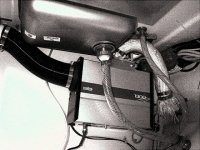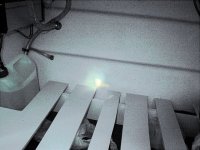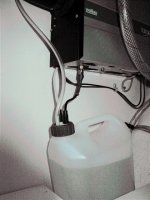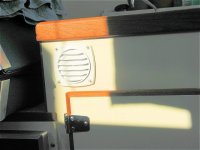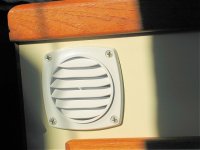rogerbum
Active member
- Joined
- Nov 21, 2004
- Messages
- 5,934
- Reaction score
- 0
- C Dory Year
- 2008
- C Dory Model
- 255 Tomcat
- Vessel Name
- Meant to be
Just an aside Dr. John - much of the carbon that gets put into a plant comes from CO2 drawn from the air and not from the soil. Much of the N comes from the soil (and N containing fertilizers). When we grow crops which fix N (like soy) we can replenish some of the N by drawing it again from the air. To me, the bigger concerns with bio fuels are:
1) Increasing the cost of food crops and
2) The marginal gain in energy relative to all the energy that went into producing it. There's not a tremendous gain in most cases (except for the farmers who get subsidized for producing the fuel).
1) Increasing the cost of food crops and
2) The marginal gain in energy relative to all the energy that went into producing it. There's not a tremendous gain in most cases (except for the farmers who get subsidized for producing the fuel).


